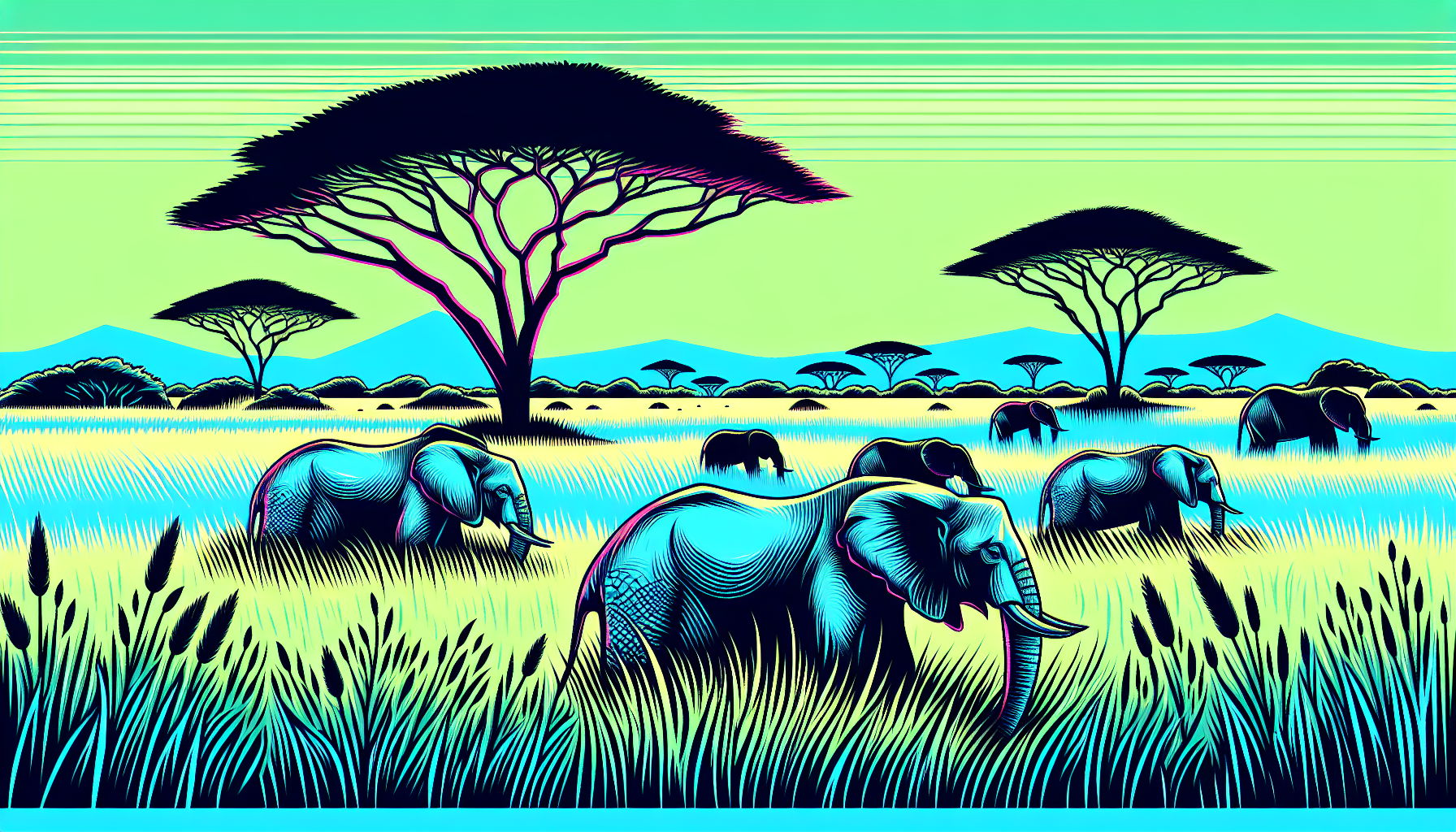Innovative Conservation Tech Using Deep Learning for Elephant Calls
As the world continues to grapple with the dual threats of climate change and rampant poaching, the urgency of wildlife conservation has never been more pressing. Technology, as it turns out, is no longer just a convenience; it is increasingly becoming a crucial ally in the fight to save endangered species. One of the most fascinating advancements lies in the realm of deep learning, particularly in its ability to decode the rich tapestry of elephant communication.
Understanding Elephant Calls
Communication in the elephant kingdom is not merely about vocal sounds; it’s a complex social interaction that shapes their intricately woven societal structures. Elephants use a variety of calls, from trumpets and rumbles to subtle infrasound communications, each serving a unique purpose. These calls aren’t just noise; they signal everything from excitement and warnings to social bonding.
Traditionally, monitoring these calls has relied on manual observation, an approach riddled with limitations. Observers can easily miss subtle nuances or fail to capture spontaneous interactions. This is where technology swoops in to revolutionize the game.
The Innovation: Deep Learning Models for Call Detection
Deep learning technology opens up a new frontier in audio processing. Recent research led by Christiaan M. Geldenhuys and Thomas R. Niesler explores how automated systems can pinpoint and classify elephant calls with astonishing accuracy. Their study focuses on effectively harnessing audio data from both Asian and African elephant populations. By employing deep learning models, they aimed to automate call classification and detection—no easy feat.
The methodology was equally groundbreaking. The researchers used two annotated datasets to train their models, with a notable comparison between shallow and deep classifiers. The deep classifiers showcased remarkable performance metrics, offering insights into the potential of automated wildlife monitoring.
Breakthrough Results
A key highlight of the study was the introduction of the audio spectrogram transformer (AST). This innovative model employed sequence-to-sequence learning, allowing it to analyze audio without losing context. Additionally, the use of transfer learning significantly boosted performance metrics.
The research revealed impressive findings, including an average precision (AP) of 0.962 for framewise classification. The area under the ROC curve (AUC) benchmarks achieved for five and seven class classifications were equally exciting, opening doors for real-time applications in wildlife management. This is not merely a technological advancement; it’s a beacon of hope for conservation efforts, showing tangible results from integrating deep learning into ecological research.
Implications for Conservation and Management
Real-time monitoring of elephant calls offers significant implications for wildlife management strategies. Imagine being able to enhance safety measures for elephants in their natural habitats, responding instantly to their needs or threats in unprecedented ways. With automated systems in place, the potential for conservation strategies becomes limitless.
Collaboration is key; researchers, conservationists, and tech developers must unite to explore these innovative avenues. As we venture into this technological haven, who knows what other breakthroughs lie ahead? The future looks bright, harnessing the power of deep learning to ensure elephants thrive.
A Call for Support
In summary, the integration of deep learning into conservation efforts marks a pivotal moment in the protection of wildlife, profoundly enhancing our understanding and response to their calls. Such advancements ignite excitement within us as we watch technology reshape the global landscape of conservation. But these innovations need our support; consider engaging with technologies that foster wildlife preservation. Together, we can ensure that the rich symphony of elephant calls continues to resonate across the savannahs for generations to come.
Further Reading
- Learning to rumble: Automated elephant call classification, detection and endpointing using deep architectures
- Explore related articles on wildlife conservation and technology to broaden your understanding.










